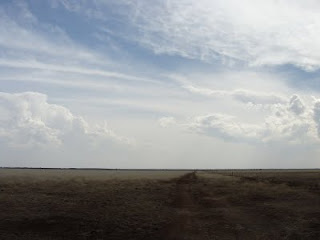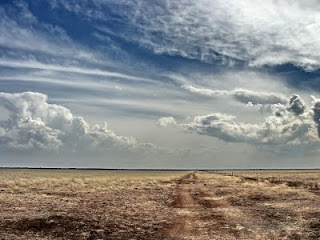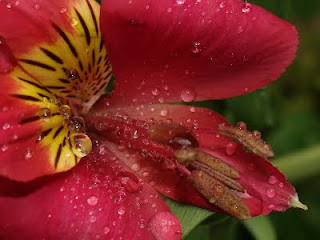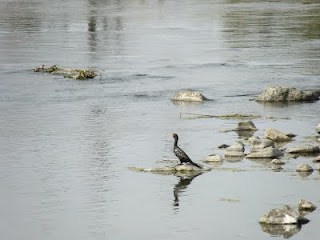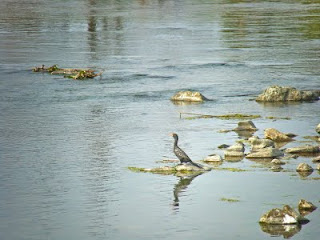Recently I embarked on another couple of road trips. First was off to Mpumalanga region. Sabie, White River, Nelspruit through to Piet Retief and moolman before returning to Pretoria.
Among the tall trees of Sabie, there are many roads such as this.
 In between all the trees, roads and little of anything else, I spotted one of many old neglected houses...
In between all the trees, roads and little of anything else, I spotted one of many old neglected houses...  They too had little roads leading into the forests.
They too had little roads leading into the forests.
 The guest lodge I stayed at had a pretty cool pool.
The guest lodge I stayed at had a pretty cool pool.  Just outside Nelspruit, the sky began to clear up.
Just outside Nelspruit, the sky began to clear up.
 Taken amongst the hills and valleys of Mpumalanga.
Taken amongst the hills and valleys of Mpumalanga.
 This Giraffe and Zebra were spotted along the side of the road, behind fencing of course on a game farm just outside Nelsruit.
This Giraffe and Zebra were spotted along the side of the road, behind fencing of course on a game farm just outside Nelsruit.
 Up the hills and back into the contry side.
Up the hills and back into the contry side.



 Misty morning in Moolman, a tiny place not even spotted on a map, but 15 minutes from Piet Retief.
Misty morning in Moolman, a tiny place not even spotted on a map, but 15 minutes from Piet Retief.




I then did Free State and Northern Cape regions. Quite different part of the world with much to see. For now I just posted some windmills spotted along the road.
Our land is as diverse as the people, if not more. You can travel 50kms and the colour of the earth itself will change constantly. This is typical Free State farm lands.

 Nature's sculpturing is phenominal.
Nature's sculpturing is phenominal.




